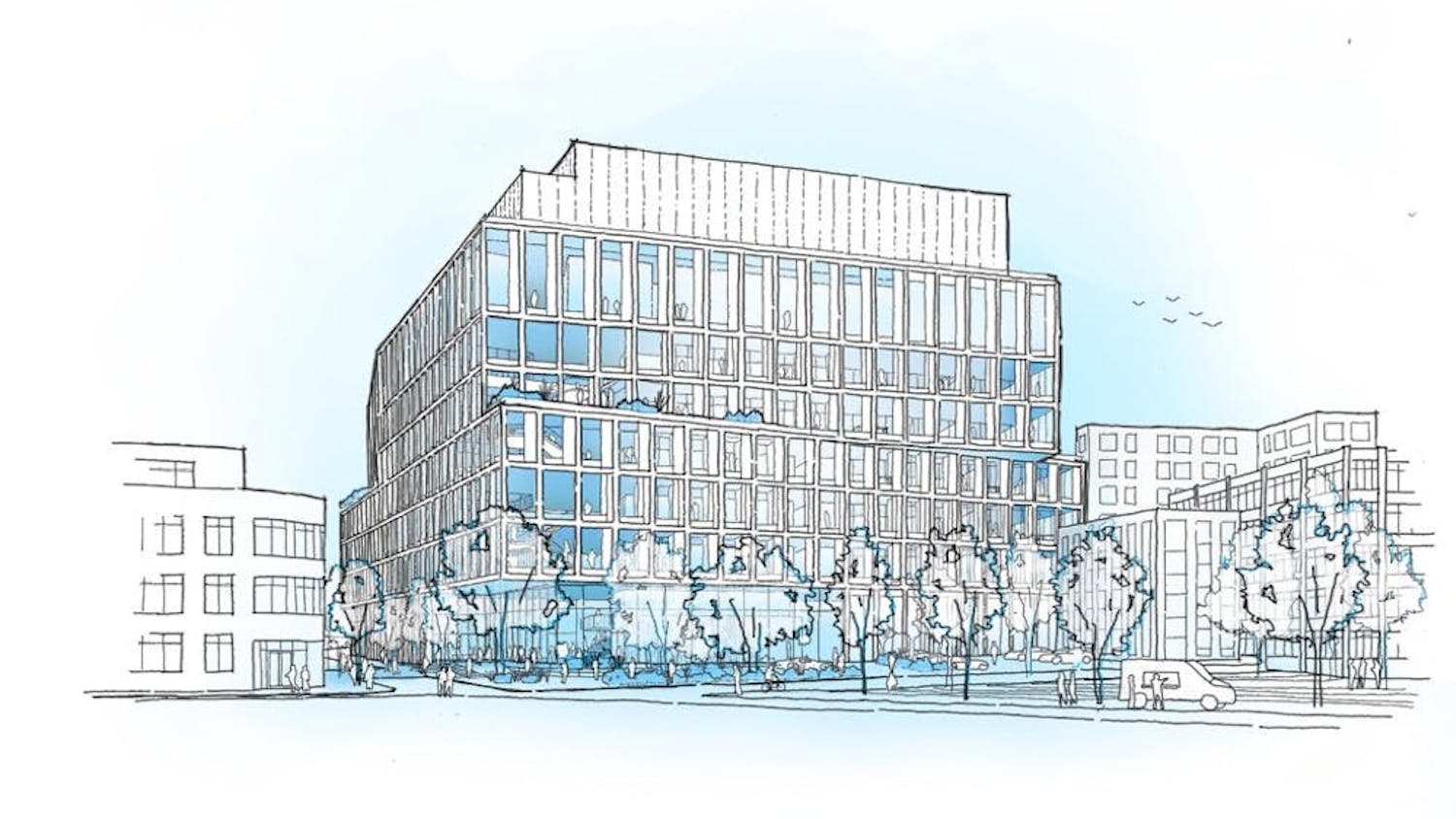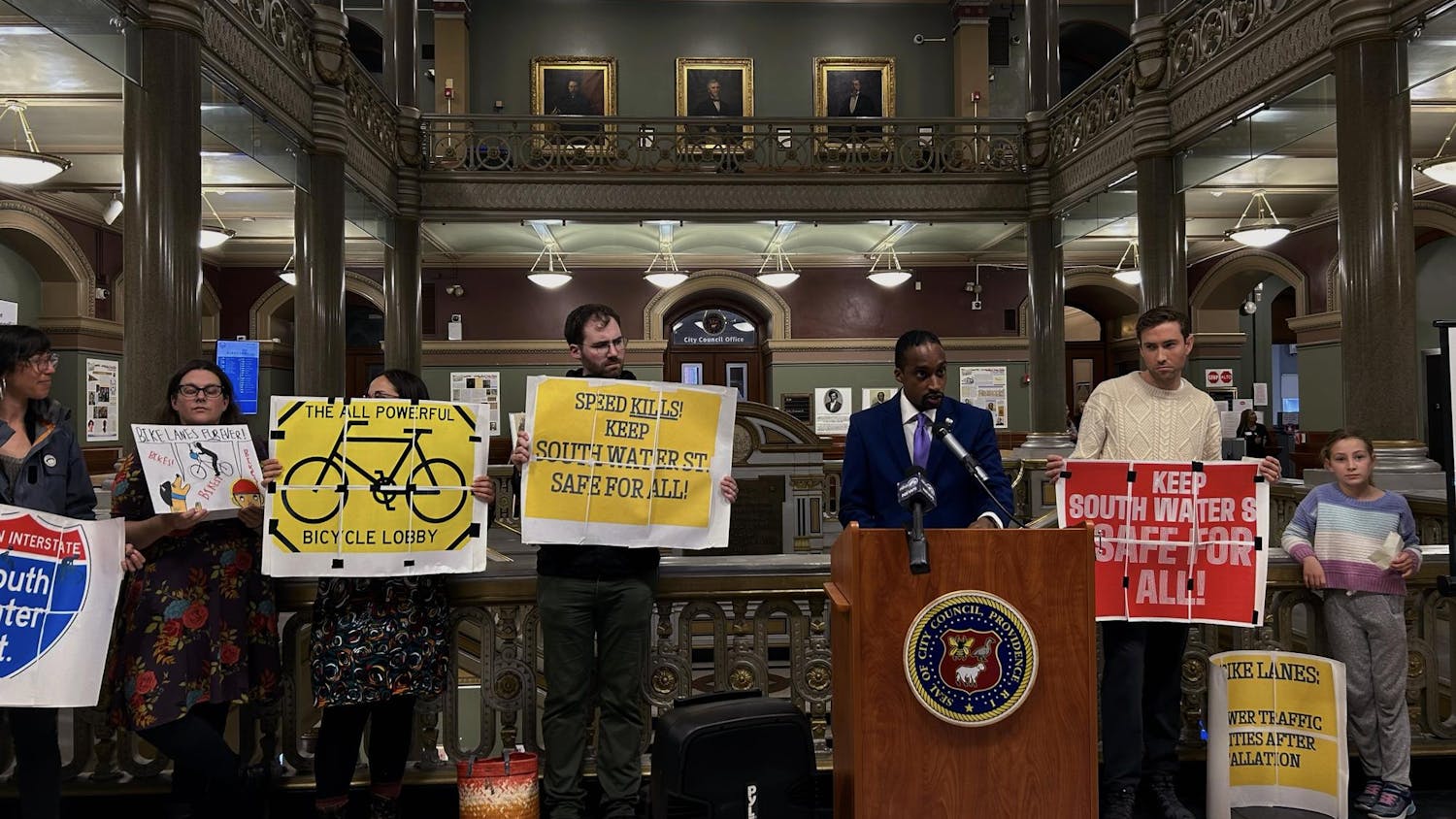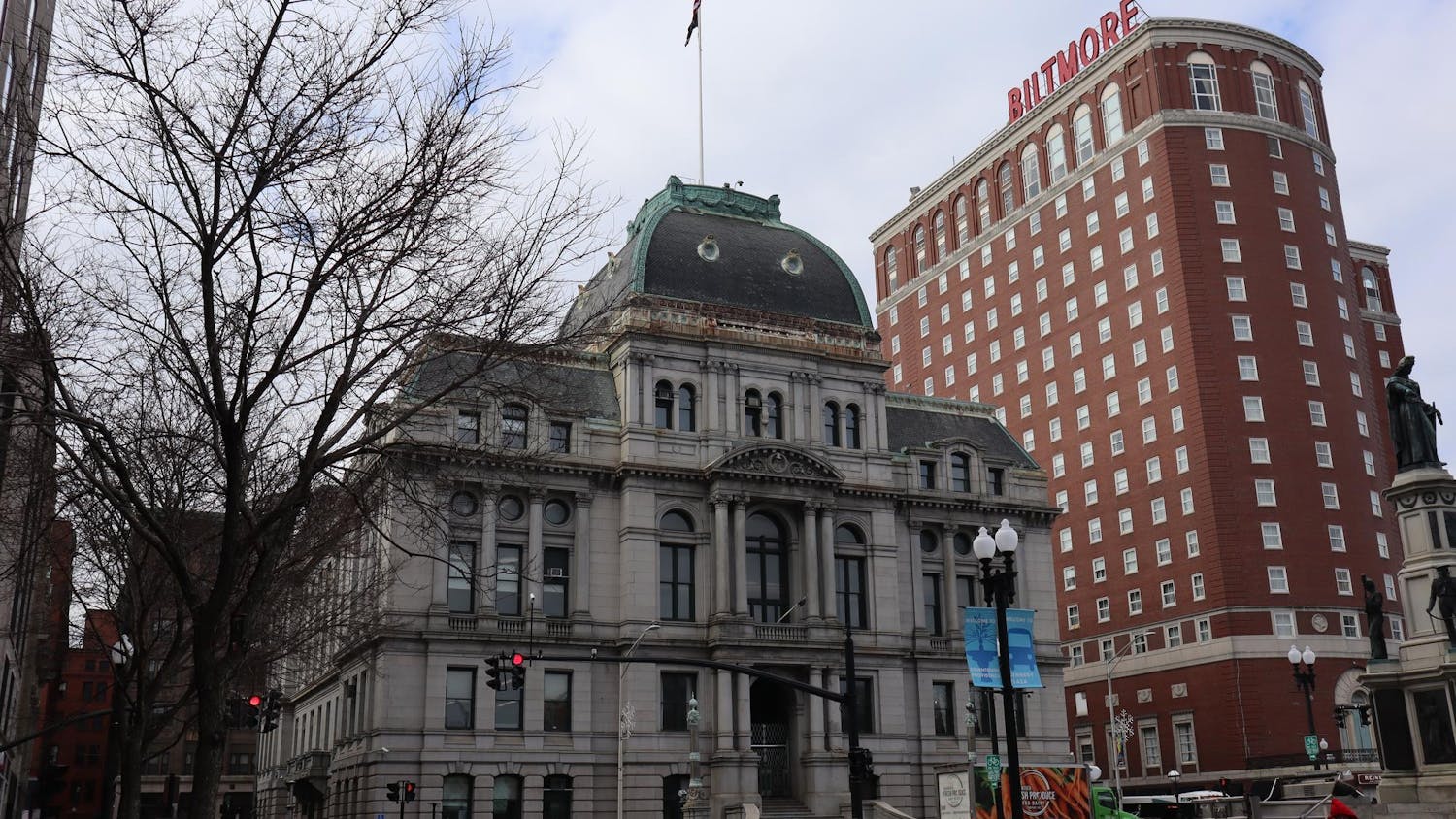Providence is getting greener.
Trees 2020, a local nonprofit started about a year and a half ago, has been working toward a goal to increase the city's average tree canopy to 30 percent — an increase of about 40,000 trees — by 2020 by encouraging individuals and companies to plant trees on private property, said Ray Perreault, one of the group's directors. The program sells trees at a subsidized price and gives free consultations to potential tree-planters to determine the appropriate species for the specific plot of land.
"I envision a way for Trees 2020 to be a community-building exercise," Perreault said. "I want the program to also educate people so that they can do plantings in a group."
The capital city on the whole has 23 percent urban tree canopy coverage, according to statistics formulated using assessments by the University of Vermont at Burlington, along with the Maryland Department of Natural Resources and the U.S. Department of Agriculture's Forest Service. Tree canopy coverage depends on the distance that a tree's branches extend outward, as well as the height of the tree, since taller trees cast longer shadows and provide more shade.
The assessment of Providence shows that the Washington Park neighborhood, in the southeastern corner of the city, only has 5.9 percent tree canopy — the lowest of all the neighborhoods — whereas College Hill and Wayland Square both have tree canopy coverage of 30 percent or more. The Blackstone neighborhood, which encompasses Swan Point Cemetery, the Blackstone jogging path and Blackstone park, has a tree canopy coverage of 40.1 percent — the highest of any Providence neighborhood.
So far, Trees 2020 has been involved in planting 1,744 trees in Providence, Perreault said. The program offers about 30 varieties of trees to meet many different spatial needs and preferences. An emphasis is placed on planting large trees that will produce the largest tree canopy, but the program is also concerned with making sure residents continue to care for their trees in the future, Perreault said.
The 2006 Providence Tree Tally, a report documenting the health of all street trees, prepared by City Forester Douglas Still, estimated that the trees provide $2,932,731 in benefits annually — which comes to $118.23 for each of the city's 24,999 street trees. Natural gas and electricity cost savings make up $1,228,660 of the total and an increase in property values adds roughly the same amount.
If trees on private property were included in the tally, the total value would be even greater, Perreault said. Trees 2020 focuses on planting trees on private property because the size of street trees is limited by underground electrical, gas and water infrastructure, he said.
Like most cities in the United States, Providence was once much more densely forested than it is today, according to Perreault. Many of the elms that lined the streets of the city were killed off by Dutch elm disease. The city replaced these trees with Norwegian maples that are now coming to the end of their lives. Perreault said he would like a new generation of indigenous elm trees planted around the city to help return Providence to its former glory.
But he said he is wary of creating a monoculture of elms that could be susceptible to a possible disease in the future and is trying to diversify the species that are planted through the program.
Trees 2020 is funded by the Helen Walker Raleigh Tree Care Trust of The Rhode Island Foundation, as well as through grants and individual contributions, Perreault said.




